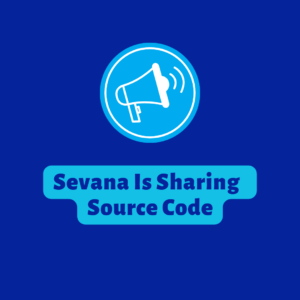Mobile-to-mobile test and monitoring
Would you like to setup mobile-to-mobile test call or monitor end-to-end call quality on a set of mobile phones?
Sevana QualTest is the solution that lets you establish this within one business day and receive full details on the quality score (MOS) and audio issues that have potentially degraded the call quality.
Analysis is performed directly on the phone, or one can have multiple phones connected to an USB port to make simultaneous tests.
All test results are aggregated directly at the backend of your choice.This can be Sevana QualTest backend or your existing monitoring solution.
Another option is to use one of easy integrations of QualTest, which our clients prefer most.
Contact us for more details.
